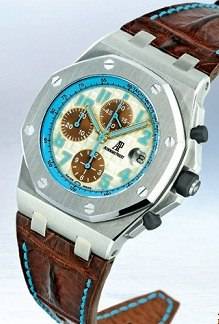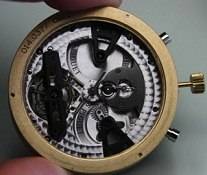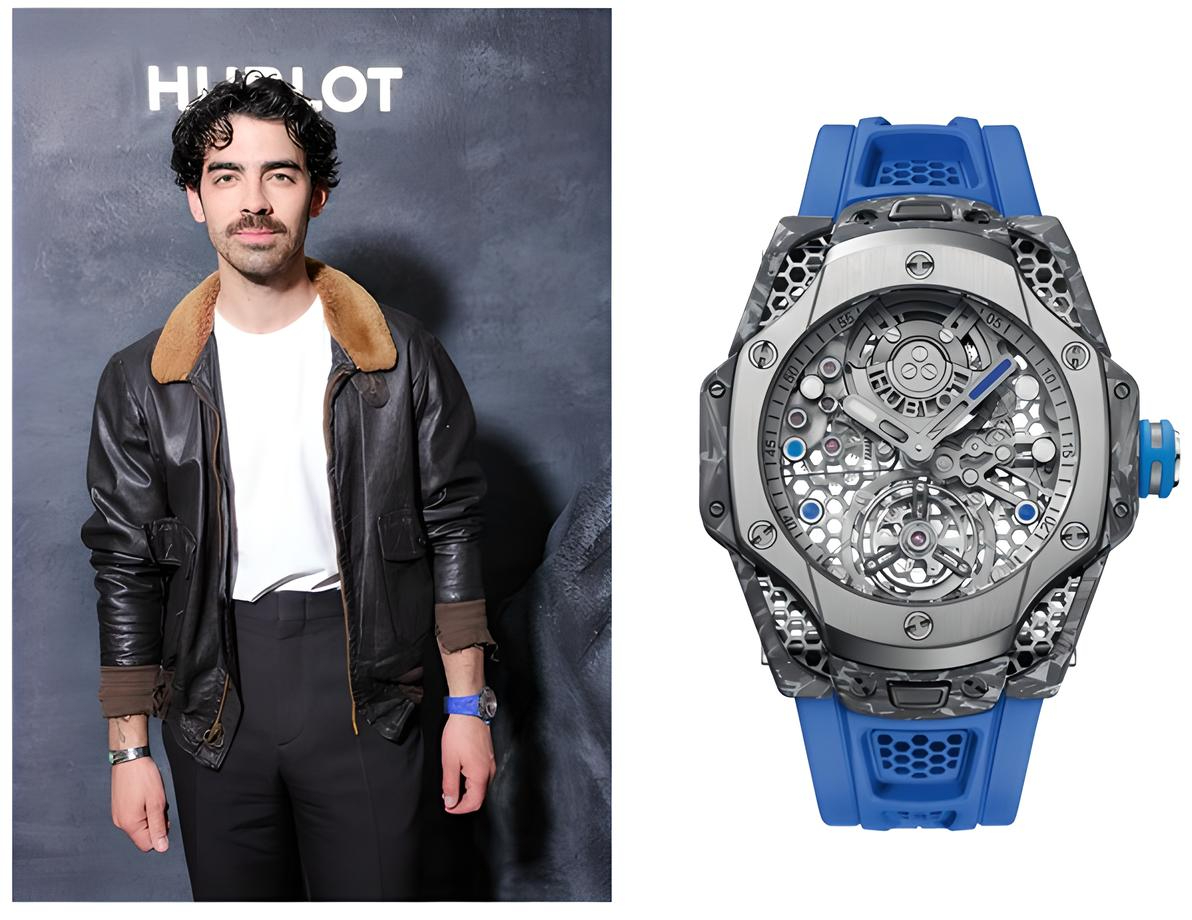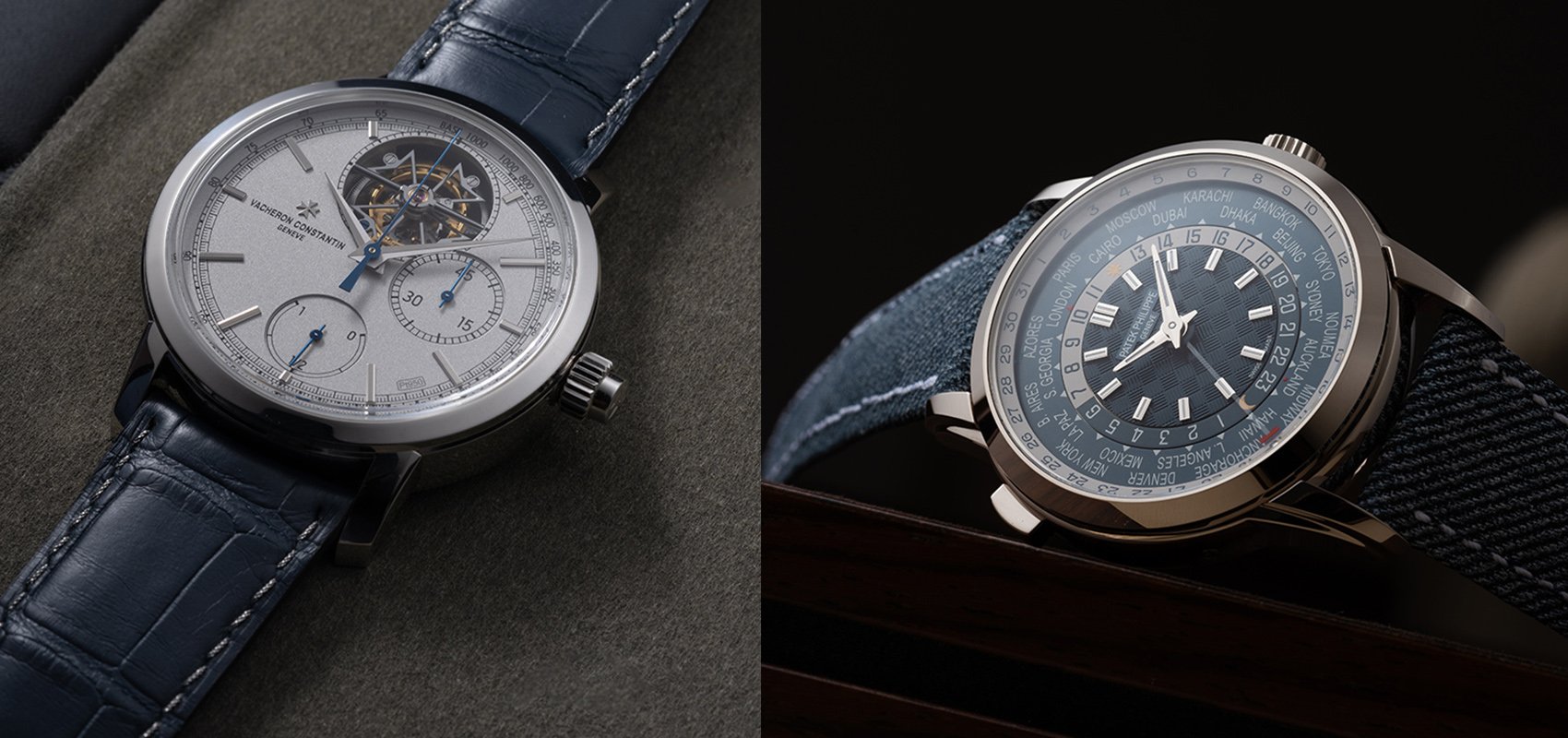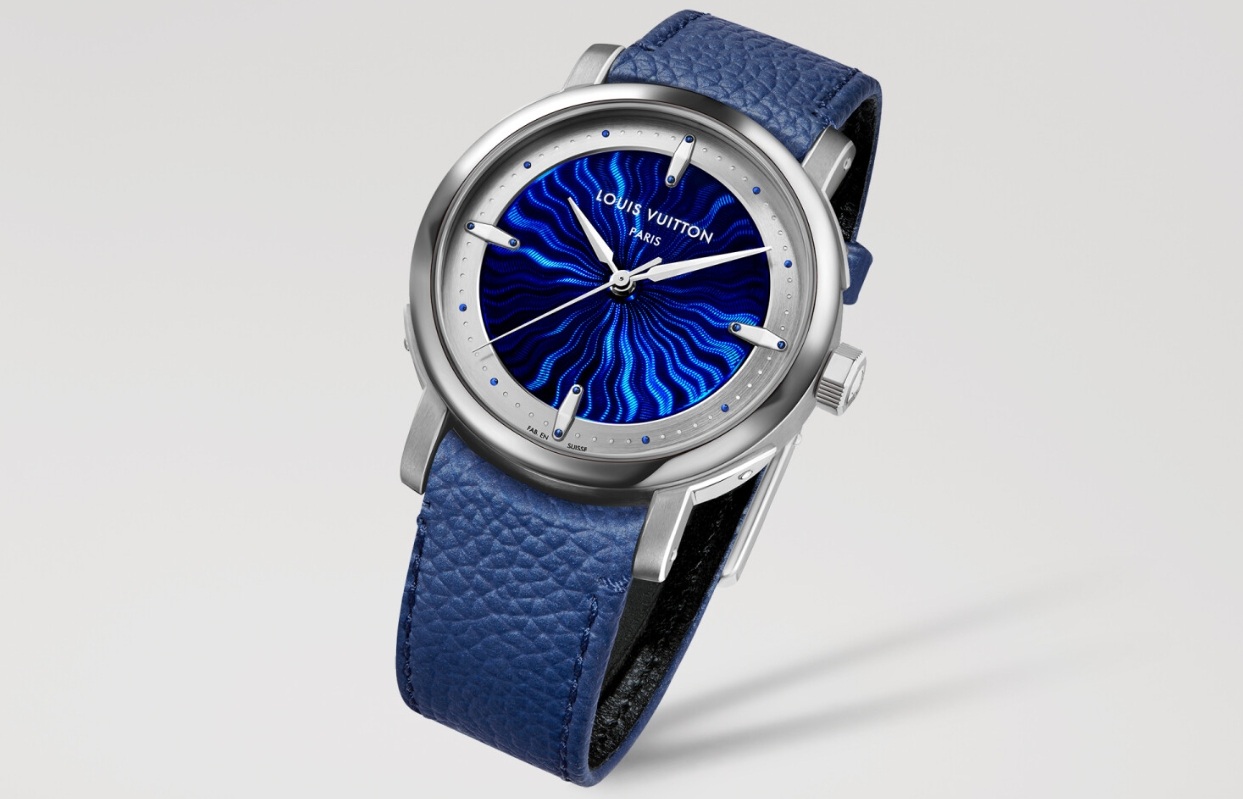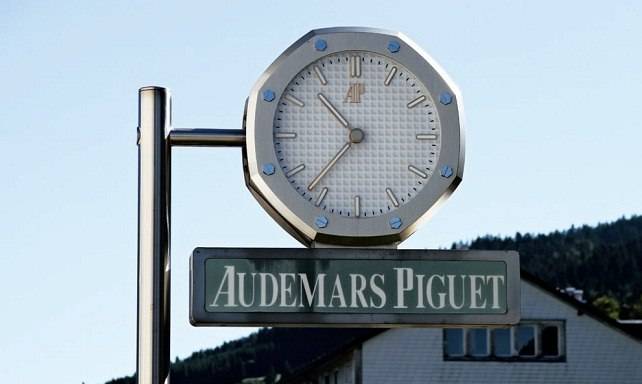
An inside tour of Audemars Piguet Headquarters in Switzerland
The people responsible for the Audemars Piguet of today are often given rock-star status by fellow luxury watch industry colleagues. This perception is often credited to the beautiful synergy between the visual and technical design arms of the prestigious Swiss watch maker. Traveling to Audemars Piguet’s headquarters and movement manufacture in the La Vallee du Joux region of Switzerland, I discover a few other reasons for the brand’s high status as I take an intimate look into the historic brand that has continually produced watches since the mid-19th century.
Audemars Piguet started in Le Brassus—small hamlet in La Valle du Joux typical of Swiss storybook-style villages. The region has a watch making tradition that dates back hundreds of years. Historically an agricultural center, it provided a rich labor source of farmers looking to keep themselves occupied in the cold winter months when growing crops was not possible. The people adopted pocket watch making and in the early spring would travel to Geneva to sell the machines they delicately produced by hand during winter. Like many watch making areas of Switzerland at this time, neighbors often shared techniques and assisted each other to help the community as a whole produce the finest possible work. Good watches were a source of community—not just individual—pride. It was during this time in the 1830s when Audemars Piguet had its origins.
Continually benefitting from the rich tradition and culture of this period, today’s Audemars Piguet isn’t that much different in concept than the brand 100 years ago, or even earlier. The brand has a fantastic restoration shop that not only works on classic Audemars Piguet watches, but also those from other historic brands produced in the La Vallee du Joux region. The workshop contains a rare treasure, a cabinet filled to the brim with spare watch parts from as early as the mid-1800s. This physical knowledge base helps watch makers learn about historic techniques and offers a rubric for parts when old watches come in for restoration. Looking at the extremely well preserved historic watch parts evokes a sense of how modern they feel. The reality in fact is just how traditional modern watch parts of today still are.
Audemars Piguet is quick to share that no new complications or features for watches can be developed. “It has all been done before. Today we just improve upon how they are made and find innovative ways of combining complications.” This sentiment reflects how deeply engrained in tradition the Swiss are, but it is a true statement. Watch makers of the past were extremely resourceful and clever. If something was technically possible, they found a way to do it, and without today’s modern technology.
Modern technology has its benefits in today’s Audemars Piguet. While a luxury mechanical watch movement doesn’t need to be modern in design, it can be modern in construction. The sophisticated works shops at APRP (Audemars Piguet Renaud & Papi, the movement making arm and partner of Audemars Piguet) bring powerful industrial tools to traditional watch making in the interest of making tiny parts precise, consistent, and of a very high quality. This allows a brand like Audemars Piguet to make traditional style watches that feature high accuracy and durability, not to mention in a volume that meets their customers’ demands. Audemars Piguet also insists on experimenting with new materials to use in watch making, which is actually one of the most exciting uses of modern technology in the world of mechanical watches. Now famous for its use of “forged carbon,” Audemars Piguet produces an innovative molded and baked carbon thread formula that results in very light, very strong cases and case components. Forged carbon (different than carbon fiber) is making its way into more and more Audemars Piguet watches given the popularity of the innovative material. Audemars Piguet nevertheless asserts its dedication to tradition. The company employs a number of watchmakers who work in the quiet comfort of its facilities. In fact, Audemars Piguet isn’t just one building; it’s spread out among a couple of different campuses that each specialize in an integral role of the watch making process.
Movements and casing (everything in a watch that isn’t the movement) are produced separately and put together during a process called casing. Before casing, the movements must be manufactured starting with the plates and tiny components (a universe of gears, rods, pinions, and wheels). Audemars Piguet sources the base metal in the form of sheets and rods. After that, almost all parts of a movement are produced internally by skilled technicians. Small parts are produced in batches by various high precision machines that are about as sophisticated as they are interesting to view in operation. A number of highly specialized machines are employed to produce the necessary parts.
 SIGN UP
SIGN UP

